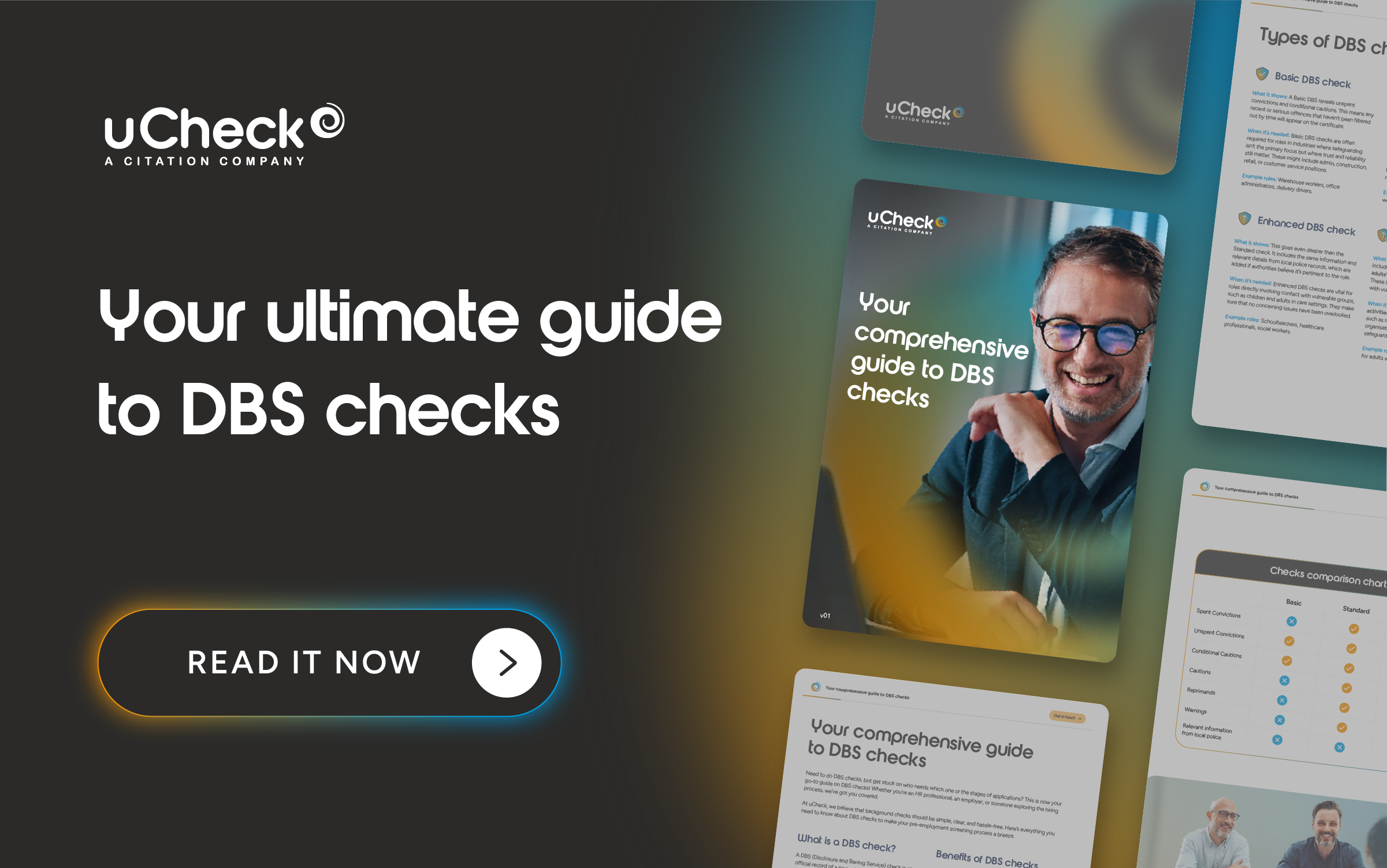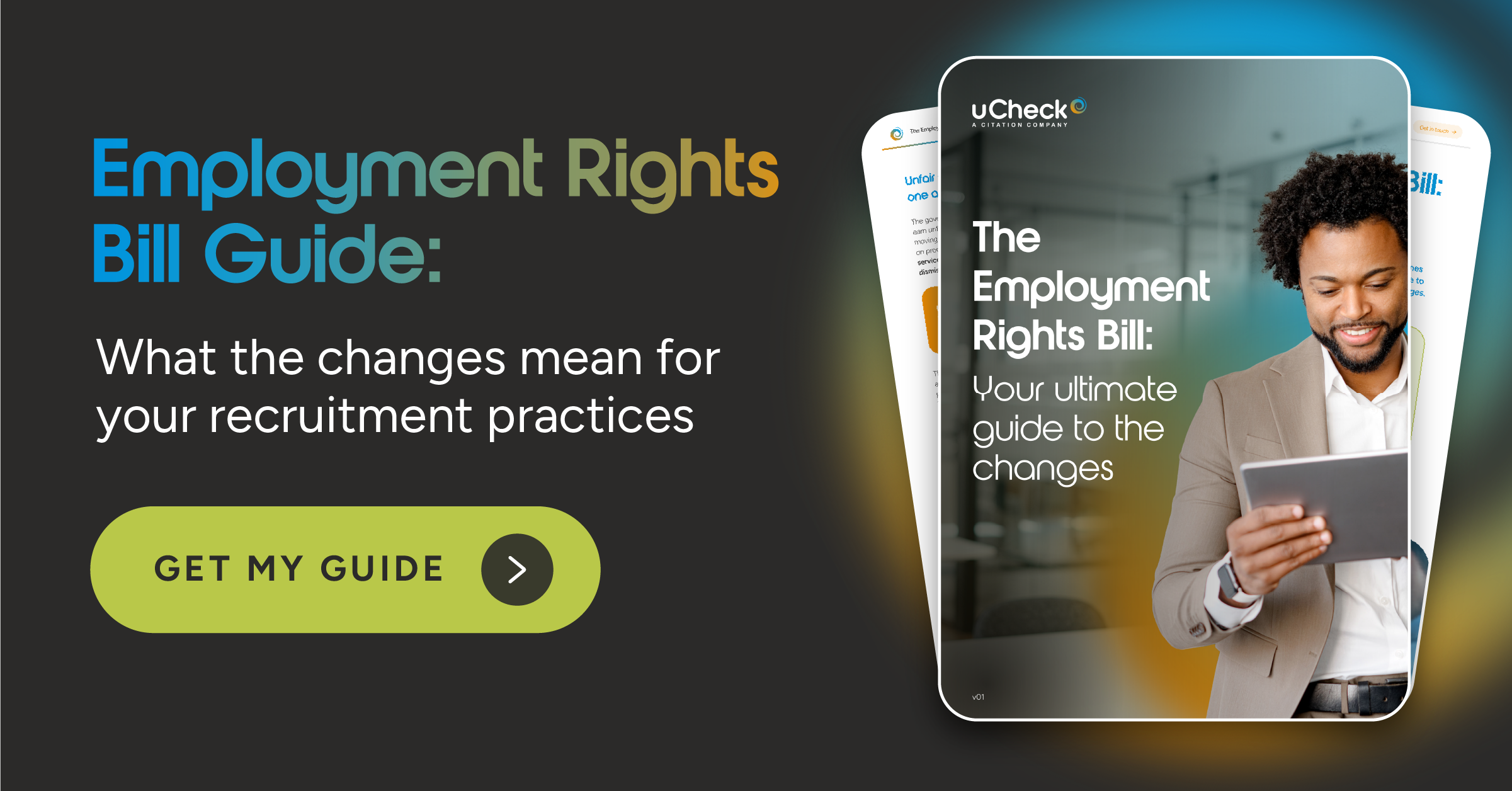Did you know the Disclosure and Barring Service receives about four million Disclosure applications each year?
Out of those, 55% are submitted on paper application forms with 10% of those containing errors.
That means more than 200,000 applications are rejected every year due to mistakes that could easily have been avoided.
To make sure you aren’t one of those rejected applicants, check out our guide on how to avoid mistakes on a DBS application…
What are the common errors made when applying?
As you can see tens of thousands of people make mistakes when they are making their applications.
Thankfully, to make things easier, the Disclosure and Barring Service has a list of the issues they see again and again which is updated monthly.
Did you know, for example, that if the five-year address is not supplied in the correct format the form will be rejected?
You should also be aware that if there are gaps between dates in addresses it will also be chucked on the fire (not literally).
While there are many things that can go wrong with your application you need to be particularly careful with dates.
One of the most common mistakes is having them in the wrong format.
You should also watch out for mandatory fields – they are labelled in yellow for applicants and blue for countersignatories and need to be filled in.
How to avoid mistakes on a DBS application when completing it
Now you know some of the common errors (and have double checked the DBS website for other pitfalls) you can start filling in your form.
Before you start writing carefully read the front of the application.
Go over it more than once so that everything has sunk in.
Then get a piece of paper and have a scribble. You need to have a black pen so be 100% sure before you start.
When filling out the form – take your time. Not only will this mean you have more of a chance of avoiding mistakes but you need to write legibly.
Scruffy writing could lead to the wrong information being released on the DBS certificate.
If you think your application is too messy – start again.
You will also need to double-check that all the information you give matches the identity documents supplied.
Names, addresses and dates of birth all need to be identical so make sure you don’t slip up.
It’s obvious to say but is worth mentioning, double-check everything.
All of those common errors can be avoided by making sure you don’t make silly errors that would be rectified by reading through again.
How to avoid mistakes on a DBS application – the conclusion
Ultimately the best way to avoid mistakes is to carefully read everything that is required and follow the instructions to the letter.
If information is submitted incorrectly (ie names missed out or misspelled; or mistakes with the date of Birth/address history – it can lead to an invalid certificate being issued and an unreliable disclosure so another application would have to be submitted/paid for.
The DBS rarely take alterations to an application after submission so it is well worth getting the information right before submitting it.
By rushing you aren’t saving any time because there could be a delay or even worse the application could be rejected costing you more time and (potentially) money.







